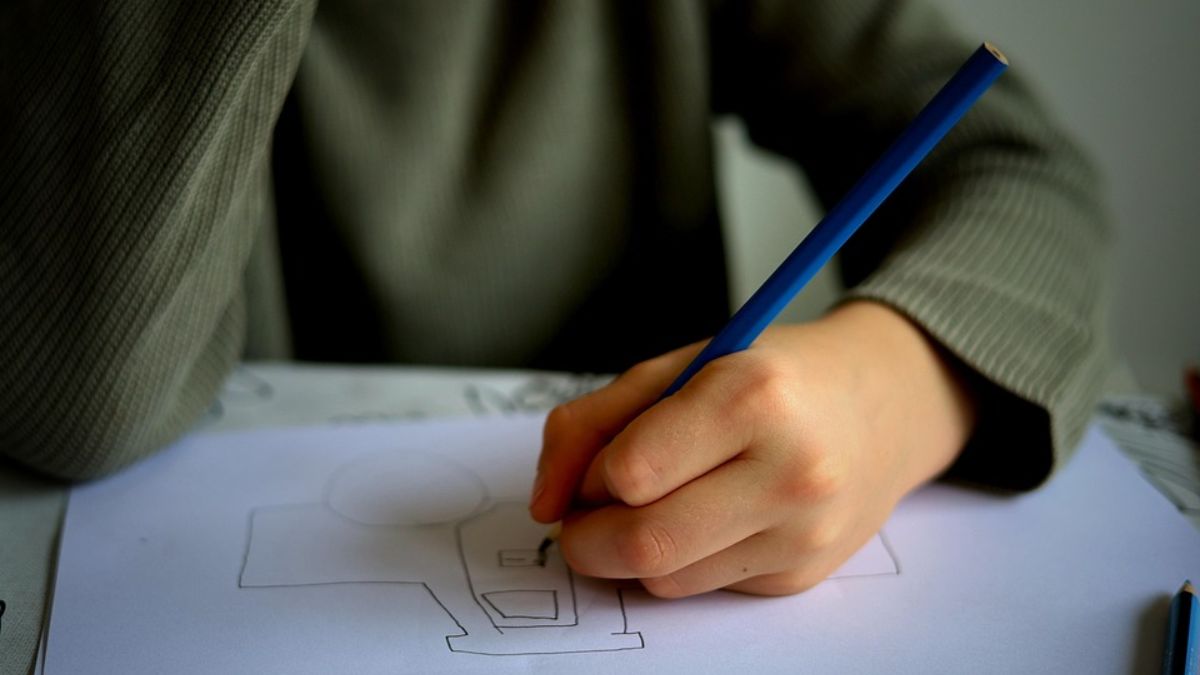Starting something new for your child can feel like opening a book you’ve never read. You’re curious. You’re hopeful. You might also feel a bit nervous. That’s normal.
If you’ve booked an ABA free consultation in Maryland, you’ve already taken a positive first step. This is your chance to learn how applied behavior analysis can support your child in ways that fit their needs.
This guide will walk you through the first meeting and assessment. From the first hello to a plan made just for your child, you’ll know what to expect. Think of it as your friendly map for the road ahead.
ABA Therapy: What Is It?
What if your child was able to express themselves more effectively and acquire life skills more quickly? Even more, what if they could feel more assured in normal circumstances?
Perhaps that seems unattainable at the moment, and picking up new abilities seems difficult.
Or maybe it’s also difficult to teach them how to connect with other people. You’d be glad to know that ABA therapy can help with it all.
Applied Behavior Analysis is abbreviated as ABA, a tried-and-true, scientifically backed approach that helps children improve their skills, communicate more effectively, and become more independent.
More importantly, a “one-size-fits-all” solution never exists in this therapy, so you can rely on a dedicated program.
Every ABA program takes your child’s unique needs into consideration.
Step One: The ABA Free Consultation
Whether you’re in Maryland or booking an ABA-free consultation in New Jersey, the first meeting is about connection. It’s a mix of conversation, observation, and planning.
It’s not a test for your child. It’s a chance for the team to understand them—and you. You’ll meet a Board Certified Behavior Analyst (BCBA). They will pay attention to your worries, learn about your objectives, and hear about your child’s skills.
What Takes Place in the ABA Evaluation?
The evaluation is both fluid and structured. This is what could occur:
- During a parent or caregiver interview, you will discuss your child’s background, abilities, and any behaviors you would like to see improved.
- Observation—The BCBA may watch your child play, interact, or try simple activities. This shows how they communicate, solve problems, and relate to others.
- Skill Sampling—If your child is comfortable, the BCBA may try short learning activities to see where they shine and where they may need help.
First, they start by collecting something called a “baseline.” Think of it as your child’s starting point, a snapshot of their present condition.
What makes that significant? Because, according to experts, it’s the best way to witness genuine growth.
It enables experts to monitor all progress and intelligently modify the plan as necessary.
What the BCBA Looks At
While every child is unique, most assessments cover:
- Strengths and Skills—What comes naturally to your child.
- Target behaviors are those that are intended to either enhance (such as asking for assistance) or decrease (such as hitting).
- The ability of your child to communicate through words, signs, images, or gestures, as well as how well those methods suit them.
They might also examine daily routines, social abilities, and your child’s responses to various lighting, sounds, and textures.
The Significance of This Initial Meeting
Your consultation builds the foundation for future sessions. It’s the starting point for trust between your family and the ABA team. It also helps you decide if ABA is suitable for your child’s needs.
In family-centered ABA therapy, you stop being an observer and start working as a team member.
And that makes all the difference.
Because the abilities acquired in treatment are not limited to the session when parents are participating.
At home, at school, and everywhere your child grows up, they become a part of daily life.


What Happens Following the Evaluation
Once the BCBA has your input and notes, they’ll create a personalized ABA treatment plan. This plan focuses on your child’s goals, learning style, and motivators. It may include:
- Building communication and social skills
- Supporting independence with daily self-care
- Using positive strategies to reduce challenging behaviors
- Getting ready for school routines
The BCBA will walk you through the plan, answer questions, and explain how progress will be tracked. This is also the time to ask about insurance-accepted ABA therapy so you know what’s covered before starting.
The Role of an Intro Call
Before the first in-person assessment, some providers offer a quick ABA intro call.
It’s brief—just a video or phone conversation.
You can get an idea of how things operate and ask some questions. Most importantly, you could share some details about your child, what makes them unique, and their strengths and challenges. Think of it as a little introduction to the real work.
Why a Thorough Assessment Helps
A detailed first assessment can:
- Show where your child is now and where they can grow.
- Help set realistic, motivating goals.
- Give insight into how your child learns best.
Some research suggests that plans based on in-depth assessments may help children make more progress than generic programs.
Real-Life Example
A family books an ABA free consultation in Maryland for their 5-year-old son, Alex. He has trouble using words to ask for things. The BCBA observes throughout the evaluation that Alex enjoys picture books and has good image-matching skills.
The plan incorporates verbal cues and a picture exchange communication system (PECS) in addition to speech training. Alex will soon be able to use images to request his favorite snack. His parents say he smiles more during mealtime.
That’s how personalized planning can make a difference.
Tips for a Great Consultation
Want to make the most of your first meeting? Try this:
- Write down your top goals—even three is enough.
- Share what motivates your child—favorite toys, songs, or snacks can help the BCBA connect faster.
- Ask questions—no question is too small.
The Bigger Picture
This consultation is the first step. ABA can assist in developing skills that are applicable to everyday life with consistent sessions, progress reports, and family participation.
An ABA assessment services team aims to support your child and your family. When routines, communication, and independence improve, ABA can truly make an impact on daily life for everyone at home.
Final Word
Walking into your first free ABA consultation in Maryland isn’t about knowing everything. It’s about taking that first step to understand your child’s needs. The goal at Shining Moments ABA is straightforward: pay attention, pick up knowledge, and create a plan based on your child’s skills.
You’re doing more than just scheduling an appointment when you have candid discussions, a thorough evaluation, and a plan customized for your child. You’re creating the foundation for advancement. That first “hello” starts a partnership built to help your child grow while supporting your family along the way.
Every child’s path is unique. With Shining Moments ABA, you won’t have to walk it alone. Curious to see what’s possible? Take the first step today. Schedule your free consultation and start what could be a life-changing chapter for your child.
More Like This Articles
 Shining Moments ABA Therapy
Shining Moments ABA Therapy
Shining Moments ABA Therapy
 Choosing the Right ABA Provider in Maryland and New Jersey
Choosing the Right ABA Provider in Maryland and New Jersey
Choosing the Right ABA Provider in Maryland and New Jersey
 The Benefits of ABA Therapy: From Communication to Social Skills
The Benefits of ABA Therapy: From Communication to Social Skills



